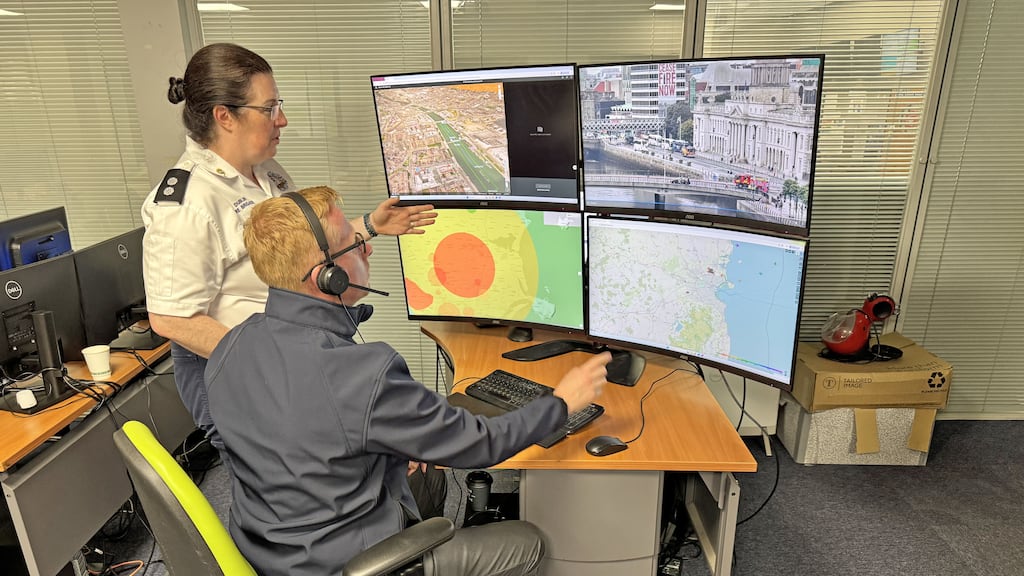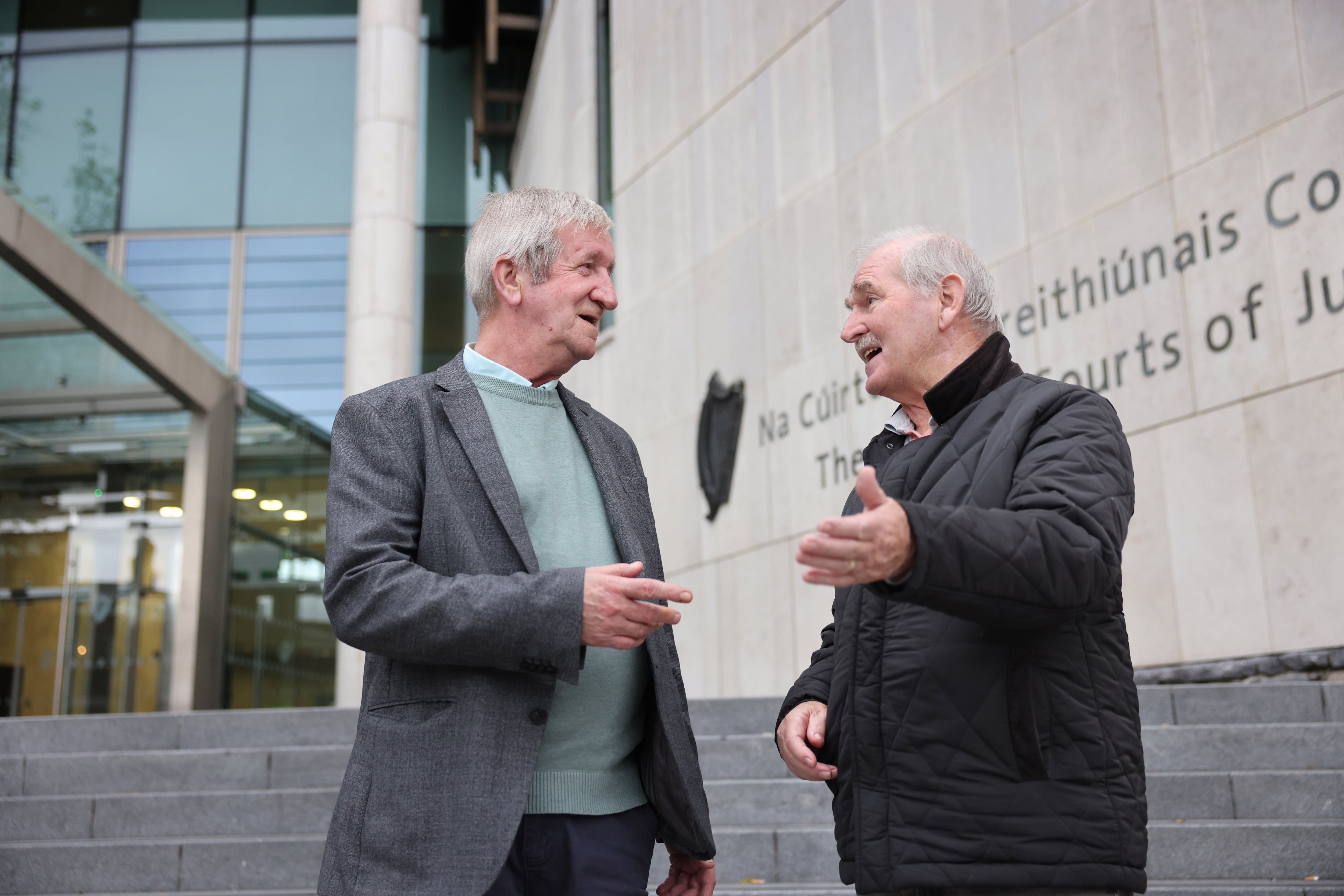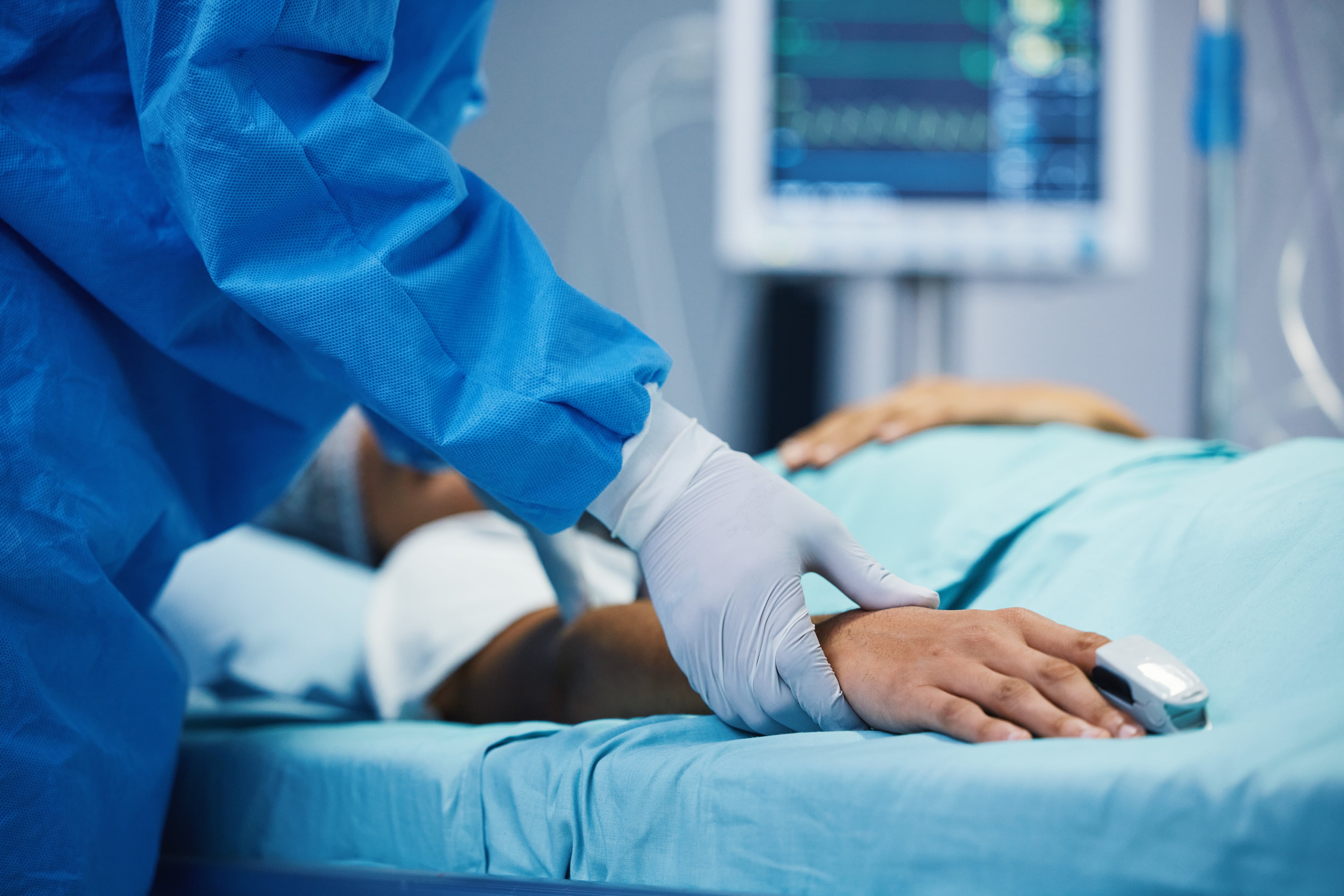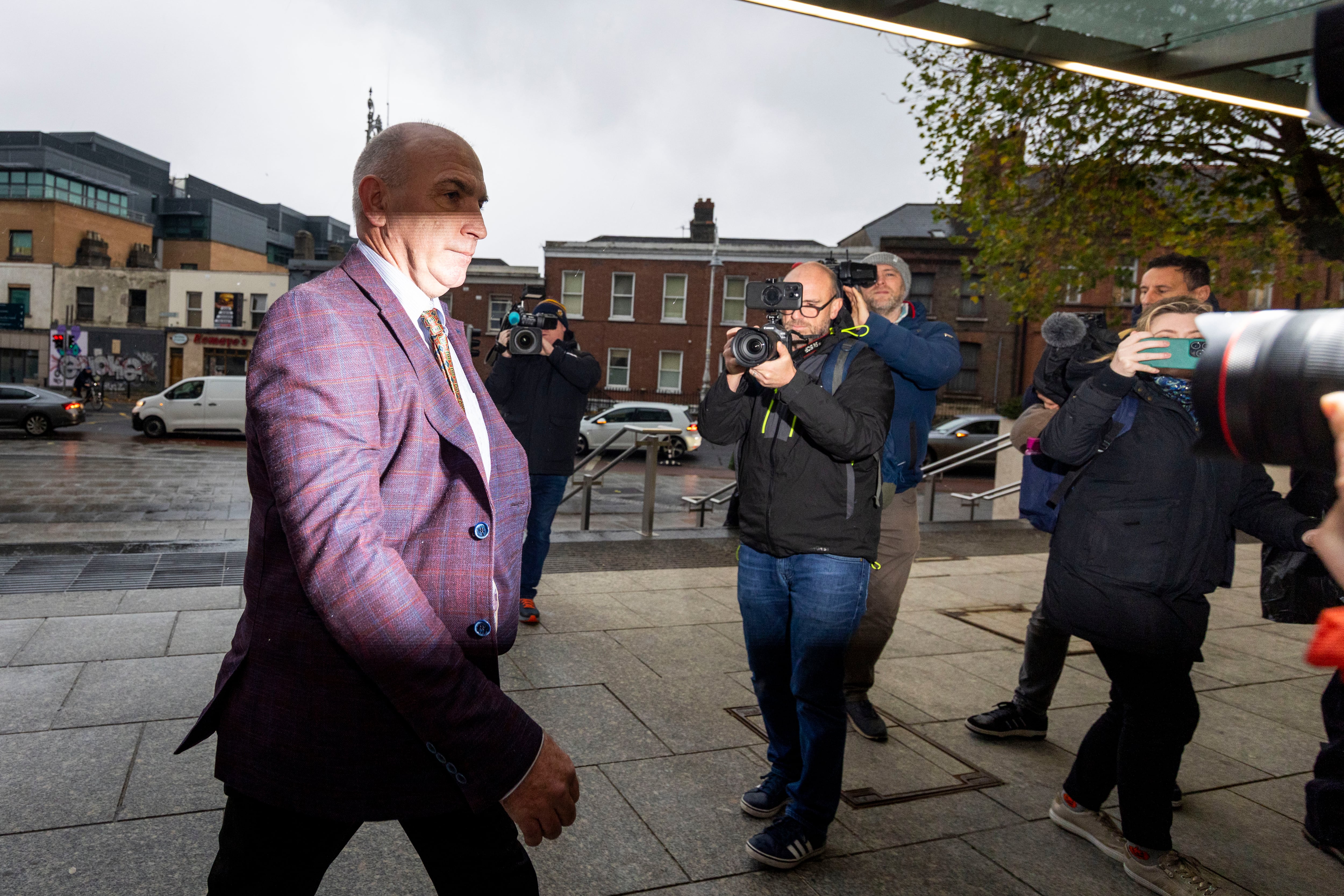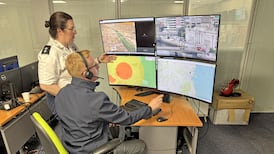Drones that support emergency services could be “revolutionary” for first-responders, according to Teresa Hudson of Dublin Fire Brigade.
In July a water emergency incident was simulated by Dublin Fire Brigade in a pilot research project as part of a drone innovation partnership led by Maynooth University.
In the demonstration, Dublin Fire Brigade responded to a report of someone entering the river Liffey. An automated drone was launched from a docking station at Poolbeg, autonomously navigated to the scene and streamed high resolution data and video to incident command teams. Artificial intelligence (AI) tools were also used to support real-time assessment, help responders rapidly locate the casualty and understand their condition.
The exercise was carried out in collaboration with Dublin City Council, the Irish Aviation Authority and Dublin Fire Brigade.
READ MORE
Ms Hudson, station officer of the Organisational Intelligence Unit with Dublin Fire Brigade, said “the trial gives us insight into how it would help us in emergencies and gives us more confidence”.
“It could be another tool in our arsenal in saving lives in Dublin.”
Oftentimes, emergency callers might not know exactly where the incident is taking place or may give conflicting information.
The details first-responders can get from drones “makes things more efficient; we’re saving more lives and less risk is involved”.
She said the use of this technology, with RGB cameras and thermal imagery, could be “invaluable at night time”.

Principal investigator Prof Tim McCarthy of the department of computer science at Maynooth University said his research team is looking at “how drones can be used and deployed in busy urban environments”.
The key with this research project is that “the drone can be operated remotely”, he said.
Once a report comes in, Ms Hudson can press a button to launch the drone.
The drone takes two minutes to fly over the river section where a person was reported to have fallen in. After, the drone goes back and lands at its dock to automatically recharge.
“Very quickly they are getting eyes over the scene. So instead of her [Ms Hudson] waiting, say, 20 minutes, possibly even more, she’s getting this information in minutes. That is critically important because when she tasks her boat crew, she can now tell them where to go and try and guide them in. So, it’s a more effective response.”
This research began in October 2024 and Prof McCarthy says it will continue into the middle of next year.
He hopes in the “next year or so” this kind of drone could be used across Dublin.
“It needs conversation between the different agencies who are interested and also ensuring that the technology is there and it’s ensuring that the approval and the certification is carried out correctly and that it’s operated correctly,” he said.
He believes other emergency serviceswould have an interest in this kind of technology.
“I think there’s absolutely a role for these technologies. I’m not saying drones are the answer to everything, but they certainly can play a part.”
